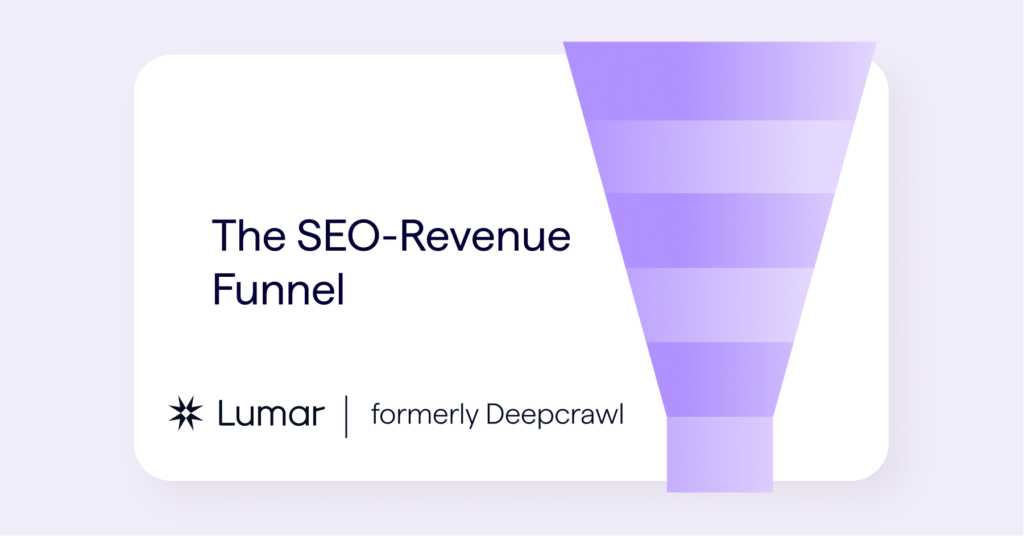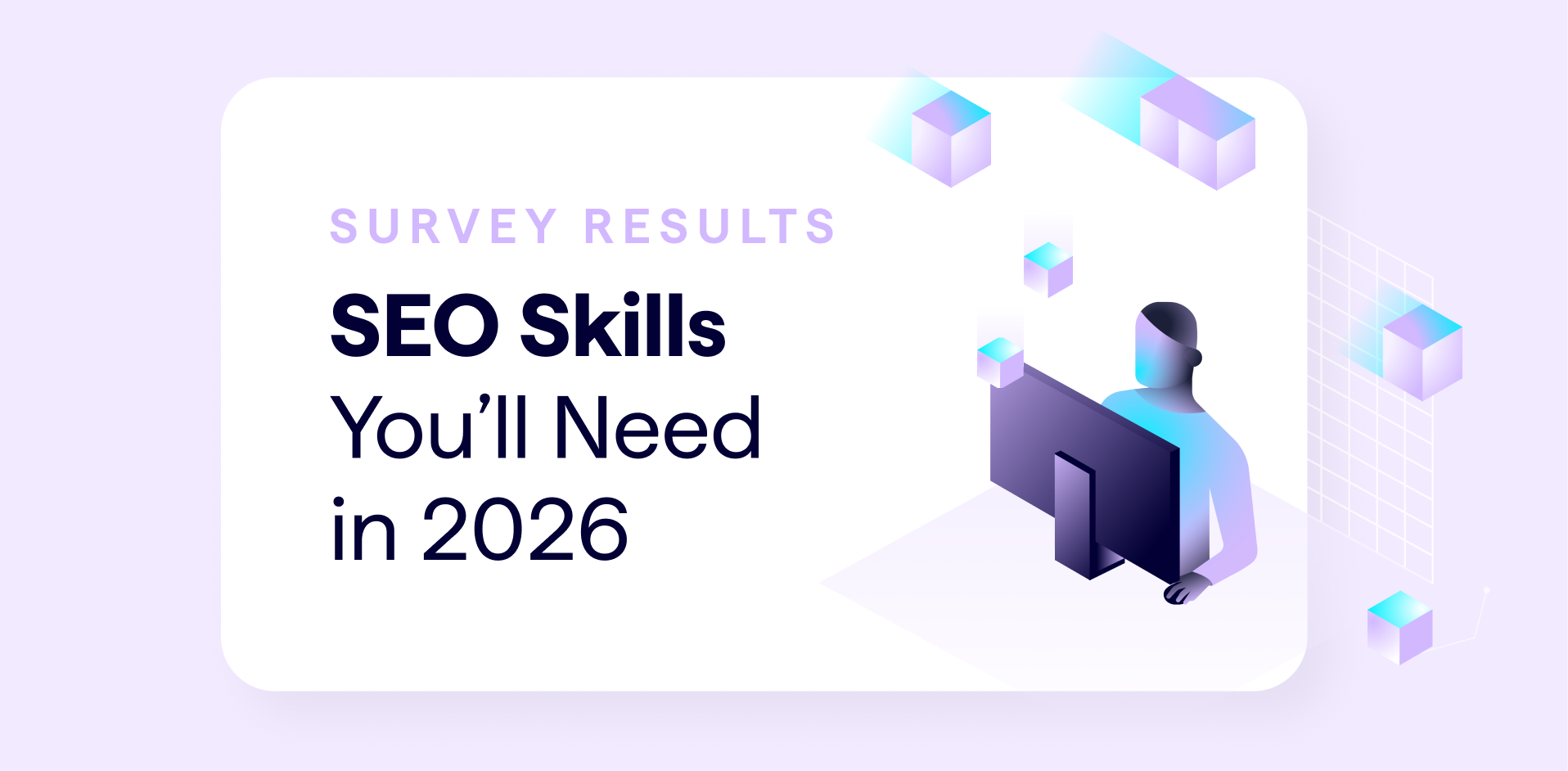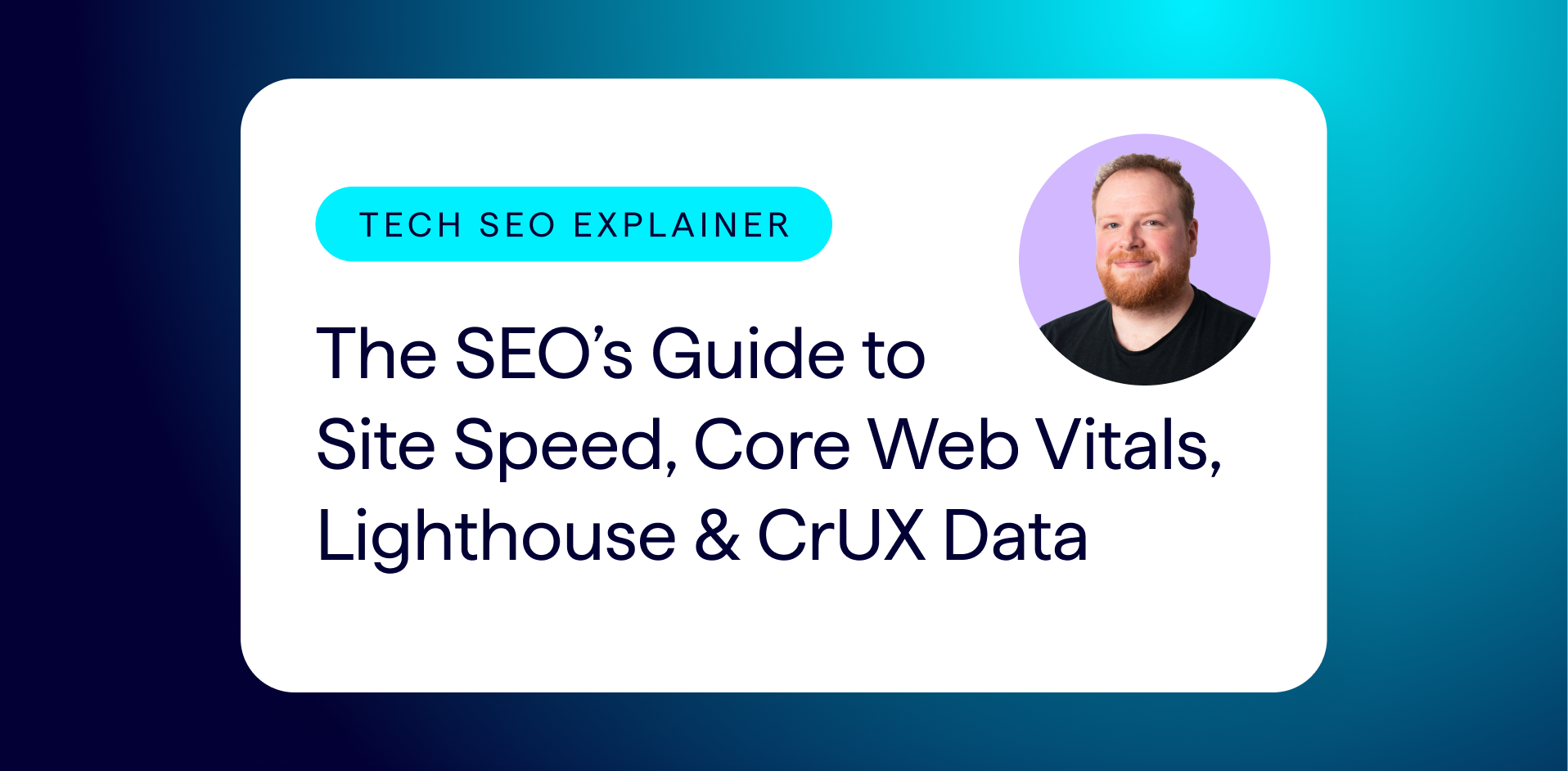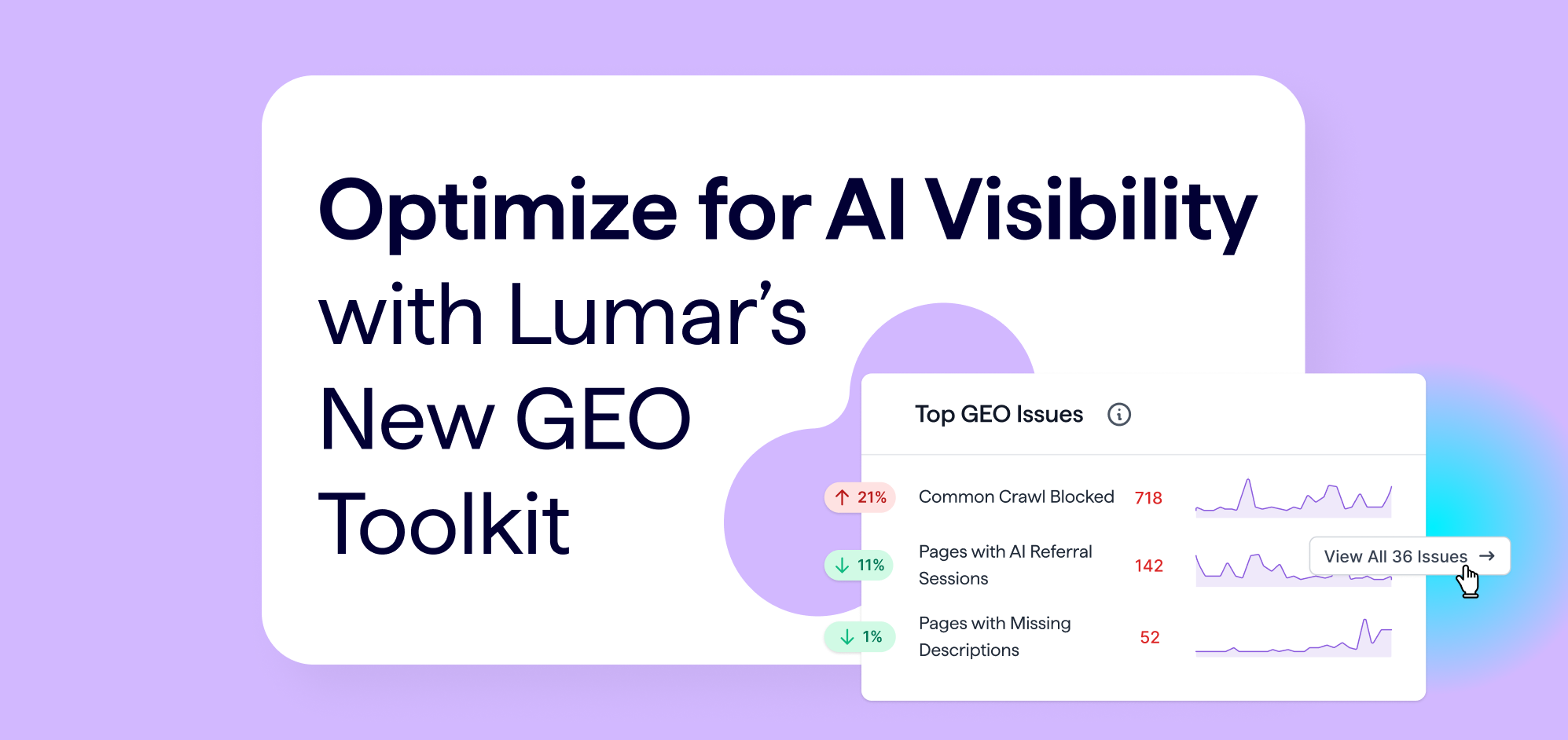What is the SEO-Revenue Funnel?
The SEO-Revenue funnel is a framework for visualizing exactly how a web page moves from creation to conversion.
For a web page to eventually convert into revenue, it must first pass through each stage of the SEO-Revenue funnel. What happens at each stage influences the later stages and, ultimately, influences the potential that page has for conversion.
Below, we’ll dig into how the SEO-Revenue funnel stages support one another and also dive deeper into each individual stage and what it means for organic search performance, conversion, and revenue.
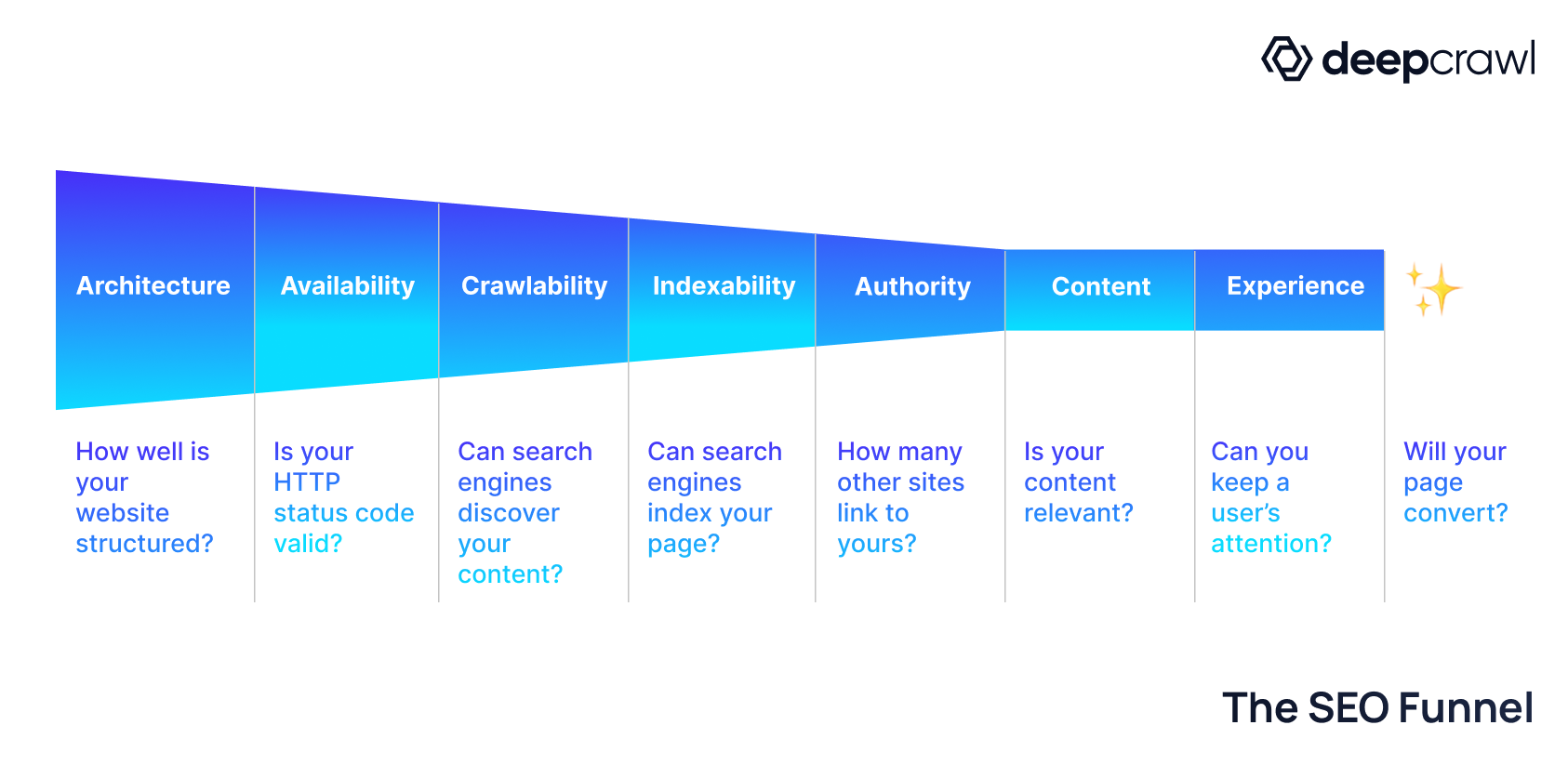
How does the SEO-Revenue Funnel work?
The funnel flows from “big picture” foundational elements relating to overall website architecture, through technical SEO elements like crawlability and indexability, into the ranking factors of authority, content, and user experience on a given webpage, and onward into the end-goal of conversion.
The SEO-Revenue Funnel stages build off of one another in a cascading manner, with the start-of-funnel elements providing a sturdy foundation for each stage that follows. The goal for SEOs and marketers is to ensure each stage is “leak-proof” so that the bottom-of-funnel goal of conversion can realize its full “flow” potential.
We can think of the following if/then statements to guide us through the “how” of each funnel stage’s influence on the stages that follow:
- Architecture: This is your foundational stage. If the overall website structure is not optimized for search performance, then any individual page on that site is not set up to have its best chance at being crawled and indexed, appearing in search results, and ultimately, converting into a revenue-driving asset.
- Availability: If a page is not accessible to search engines via valid HTTP status codes, then it cannot be crawled.
- Crawlability: If a page cannot be crawled, it won’t be indexed by search engines.
- Indexability: If a page is not indexed by search engines, then it will not appear to users in their search results at all.
- Authority: If a page does not appear to be credible or authoritative, then it will not rank highly in search engine results pages (SERPs).
- Content: If a page does not contain content elements that clearly address a user’s needs and queries, then users will not find, click on, or experience the page (and search engines will not be able to classify it correctly with regard to users’ search terms).
- Experience: If a user has a poor experience on a page, then they are less likely to convert (and search engines will rank better-performing experiences higher in the SERPs).
Remember: If a webpage isn’t found by users, it can’t convert. And if it doesn’t convert, it can’t drive revenue.
Clearly, each stage supports the follow-on stages, so it’s important to succeed at every step in the funnel in order to achieve the best results.
Let’s dig deeper into each stage below to understand more about how the SEO Funnel stages support ultimate conversion into revenue.
Stage 1: Architecture

Quick definition:
- The Architecture stage represents how a site’s overall structure and information architecture impact its SEO performance.
Website architecture encompasses elements that form the basic structure of your website. This includes things like information architecture, subdomains for internationalization, mobile architecture, URL formatting, navigational elements, and other internal linking structures.
Why Architecture matters:
This is the foundation of your website and the foundation of conversion success for any given page within it. Your overall website structure can impact the search engine ranking of its individual pages. Structuring your website well at this initial architecture stage provides a good foundation to build from for every stage of the SEO funnel that follows.
Having a healthy site architecture in place means that the later SEO Funnel stages have a better chance of success. For example, quality URL design will impact a page’s crawlability and its ranking factors, and having a robust system of internal links will help search engines discover additional pages within your website. Establishing best practices at this foundational stage provides the necessary support for every single stage that follows.
Key questions to ask in this stage:
- How is your overall website structured? What does your underlying information architecture across the website look like?
- How do you format your URLs? How about subdomains (for example, for international or multi-language variations of the website)?
- How are pages linked to one another internally? How many clicks would it take for a user to reach important pages from the homepage?
Key concepts & considerations for this stage:
Stage 2: Availability

Quick definition:
- “Availability” represents the proportion of valid website pages (URLs with a valid HTTP status) compared to redirects and broken pages.
Every page on your website will return a status code when a browser or search engine attempts to access it. These HTTP status codes essentially tell the machine trying to access a URL whether the page is active and live (that is, “valid”), whether the page has been moved and requires a redirect to a different URL, or if the page associated with that URL cannot be found (an “invalid” page; for example, one with a 404 status code).
Why Availability matters:
Invalid pages are not available (that is, accessible) to search engines, so ensuring your page’s HTTP status code is valid is a necessary step in making sure your content can be indexed and crawled by search engines.
Key questions to ask in this stage:
- Are your URLs’ HTTP status codes valid so search engines (and people) can access the content you want to rank on your site?
- Do you have a high number of broken links (404 or 410 errors) within your website?
- Are you using 301 and 302 redirects correctly?
Key concepts & considerations for this stage:
- 200 Status Code: This is a valid page — everything is working correctly
- 301 & 302 Status Codes: Permanent or temporary redirects
- 404 & 410 Status Codes: The page cannot be found or does not exist
- 500 & 503 Status Codes: Internal server errors or temporary server unavailability
Stage 3: Crawlability

Quick definition:
- This stage represents the factors that determine whether or not your website can be easily discovered, read, and ‘understood’ by search engine crawlers.
Search engines crawl websites to ‘understand’ what a page is about and classify it accordingly in their indexes (see below!). A search engine needs to crawl your page content in order to know whether or not it will be relevant for a user’s search query before it can be indexed and later delivered in search results. Crawlers can also find new pages to crawl within your website when they come across internal links. To better understand crawlability, it helps to understand how search engines work.
Various techniques are used by developers and SEOs to assist these crawlers in discovering and identifying website content appropriately, including the use of sitemaps and optimizing for search engines’ crawl budgets.
Why Crawlability matters:
Pages must be crawled in order to be indexed—and they must be indexed in order to appear in the search results! So crawling and indexing go hand-in-hand and are really core stages in the SEO-Revenue Funnel, as they determine whether or not anybody will see your pages in the SERPs.
There are several restrictions like crawl budgets that can hinder effective crawling (and therefore hinder organic search performance) that you should take into consideration at this stage in order to give your pages the best chance of ranking well and converting.
Key questions to ask in this stage:
- Search engines ‘see’ content differently than humans do — is your content ‘readable’ (that is, crawlable) by search engines?
- Can your server handle crawlers? Have you optimized your site and server to address potential crawl budget issues?
Key concepts & considerations for this stage:
Stage 4: Indexability

Quick definition:
- This stage identifies whether or not a page’s settings allow it to be indexed by search engines.
If Google or another search engine had to crawl every word of a website each time a user made a query, it would take a very long time to return search results. Instead, in order to quickly deliver search results to a user, search engines keep what is essentially an ever-growing database (or index) of web pages. When a search engine indexes a webpage, it also classifies the page in relation to specific topics a user may search for. Want to learn more? Lumar (formerly Deepcrawl) has several resources on the ins and outs of search engine indexing.
There are several key elements relating to indexability that are important to get correct at this stage. For example, because search engines can get confused by duplicate content, many website managers and developers use an indexing cue called “canonicalization” (using canonical tags) to help flag a page as the primary source of content that might also be duplicated elsewhere. This tells search engines not to index a page of duplicate content and helps to streamline your indexing and your search results.
Why Indexability matters:
Pages must be indexed by search engines in order to appear in the search results at all. So indexability is an extremely important stage in the funnel to get right, even before we consider how well a page is ranking in those results! If a page is not indexable, a user would need to have a direct link to that specific page in order to ever find it. If duplicate content is not indexed correctly (for example, using canonical tags), it could have a negative impact on your search performance.
Key questions to ask in this stage:
- Do your page settings permit search engines to index your URL so it can be included in search results?
- Is duplicate content supported by the correct indexing tags?
Key concepts & considerations for this stage:
Stage 5: Authority

Quick definition:
- Authority represents how credible a website appears to search engines by virtue of it having backlinks that improve search rankings.
Once your site has been crawled and indexed, the next step for search engines is determining how they should rank your website in the search results. Page ranking is influenced by a number of factors, including authority, content, and experience (see below!).
Your website’s authority affects how it will be ranked in the SERPs because search engine algorithms are built to favor websites that appear to be the most credible. Authority is determined in large part by how many other websites link to its content. Search engines take these ‘backlinks’ as signals that a website’s content is both trusted by others and of interest to users. Something to keep in mind: links from other authoritative websites are more impactful than those from less-authoritative websites, so quality matters here.
Why Authority matters:
Your website’s authority impacts your ranking in the search results. A lower ranking means less visibility and less organic traffic, which will mean fewer opportunities for conversion and revenue.
Your website’s authority, built through backlinks, suggests credibility and quality to search engine algorithms and therefore affects how it will be ranked. Ranking on the first page of Google can have a major impact on your chances for conversion, so building a strong network of backlinks can be a key part of maximizing your opportunities for revenue.
Key questions to ask in this stage:
- Do other credible websites link to your content?
- How authoritative and credible does your website appear to be, based on the number of other websites linking to your content?
Key concepts & considerations for this stage:
- Backlinks
- Google’s PageRank algorithm
- Topical authority
- Google’s E-A-T (expertise, authority, and trustworthiness) guidelines
Stage 6: Content

Quick definition:
- The Content stage represents the quality of all on-site content attributes, including page content, mobile content, tags, and structured data.
You’ve likely heard the oft-quoted aphorism: “Content is king.” Your content is the reason your page exists and it’s important to ensure that both users and search engines are getting as much as possible out of your content to support the users’ journey toward conversion.
Why Content matters:
On the human side of things—that is, for conversion—the quality of your content can have a huge impact on how your potential customers feel about your brand—and how willing they are to click ‘buy’ or perform your desired call to action.
For machines, on the SEO side of things, your content helps determine where your page will rank in the search results and should be supported by best practices relating to both your primary content and content elements that are largely hidden from the human eye. Search engines will take more than just the written words on a page into consideration when ranking your page; they will also consider factors like meta-descriptions, title tags, and image alt tags.
Key questions to ask in this stage:
- Is the page content relevant to users’ search terms?
- Is the content itself high quality, appealing to readers, and optimized for conversion?
- Are ‘hidden’ content elements (meta-descriptions, image alt tags, etc.) populated to support SEO?
- Are you using structured data and schema to better present your pages in the SERPs?
Key concepts & considerations for this stage:
- Search Engine Results Pages (SERPs)
- Page content
- Structured data
- Duplicate content
- Header tags
- Titles & descriptions
- Images
Stage 7: Experience

Quick definition:
- The Experience stage encompasses the quality of a user’s experience on a given page, based on page speed, presence of broken links, and rendering and loading issues.
For both humans and search engines, user experience should be a priority across your entire website. UX impacts both SEO and conversion rates and includes factors such as loading time, Javascript rendering concerns, and overall ease of use.
Why Experience matters:
With Google’s updates around Core Web Vitals in 2021, user experience has never been more important for organic search performance. But ultimately, experience is about actual users—in addition to factors like load speed affecting your page ranking, seamless user experiences inspire engagement from the people visiting your website. Users are much more likely to ‘bounce’ or lose interest if they are kept waiting for a page to load.
Improving page experience will be a boon to both your search results and your ability to keep users’ attention long enough to convert.
Key questions to ask in this stage:
- Are users kept waiting for page elements to load?
- Are any images or JavaScript elements broken?
- Can you keep a user’s attention, or are you experiencing high bounce rates?
Key concepts & considerations for this stage:
- Core Web Vitals
- User experience (UX)
- Site speed
- JavaScript rendering
- Client-side vs server-side rendering
Final Stage: Conversion & Revenue

Quick definition:
- Conversions refer to users on your website who take a desired action. For eCommerce sites, the obvious goal is to convert visitors into customers by having them click ‘buy’.
Conversion marketing is such a big deal that it makes up its own sub-discipline. Plenty of marketing professionals dedicate a significant portion of their careers to conversion rate optimization, particularly in the eCommerce industry. For businesses looking to drive revenue online, conversions are the necessary gateway a user steps through when making a purchase.
As we can see across the SEO-Revenue Funnel framework, there are many SEO factors that also contribute to conversion—and therefore contribute to driving revenue. Making the most of each stage of the funnel provides a business with the best possible chance of conversion.
Why Conversion matters:
Online revenue doesn’t happen in a vacuum. There are plenty of levers marketers can pull to help drive conversions and revenue generated from their websites. Search engine optimization is a powerful lever, particularly in today’s search-first age.
From an SEO standpoint, keeping conversion in mind as an end goal helps us see how optimizing for organic search supports these larger business priorities—and can help us communicate the value of SEO to leadership teams and stakeholders.
The SEO-Revenue Funnel framework can provide your teams with the structure and step-by-step guidance needed to carry out successful search engine optimization. Working your way through the SEO funnel can provide better organization for your site audits and optimization planning, and help structure your performance reporting to show exactly how each stage of the funnel holds impact for your business as a whole.
